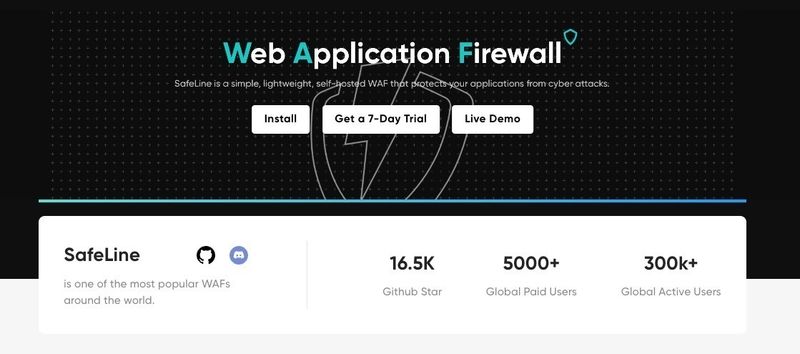If you've ever built a website or API, chances are you've worried about security—SQL injection, XSS, bots, DDoS... the list goes on. But have you ever wondered how to block those threats before they even hit your application logic?
That’s where a WAF, or Web Application Firewall, comes in.
In this article, we’ll break down what a WAF is, how it works, and why developers like you should care. Whether you're deploying a simple API or a full-stack app, understanding WAFs is essential for building secure software in 2025.
🚧 So What Exactly Is a WAF?
A Web Application Firewall is a filter that sits between your users and your web application. It analyzes HTTP/HTTPS traffic in real time and blocks malicious requests before they reach your backend.
Think of it like a bouncer at a club. It checks every request at the door—if something looks sketchy (like a SQL injection payload), it never gets inside.
🔐 A Typical WAF Can:
- Block common web attacks (XSS, SQLi, RCE, etc.)
- Detect malicious bots and crawlers
- Rate-limit requests to prevent abuse
- Log and alert suspicious traffic
- Apply custom rules to protect your APIs
🧠 How Does a WAF Work?
Most WAFs operate as reverse proxies—they sit in front of your app and inspect every request and response. Here’s a simplified flow:
Client --> WAF --> Your Web Server
When a request comes in, the WAF runs it through a set of security rules. If the request matches a known attack pattern, it's blocked or flagged.
Some modern WAFs go further with:
- Signature-based detection: Matching known malicious patterns
- Heuristic/behavioral analysis: Detecting unusual request behavior
- Human verification: Blocking headless browsers or bots
🤔 Do I Really Need a WAF?
Yes—especially if your app is publicly accessible.
Even if you use HTTPS, follow OWASP guidelines, and write secure code, attackers can still find ways to exploit your app. A WAF adds another critical layer of protection.
Plus, for developers who manage their own deployments (e.g. via Docker, K8s, etc.), a WAF can provide visibility into what's hitting your endpoints.
🚀 Open Source WAFs for Developers
One great thing about modern WAFs is that they’re no longer black-box enterprise tools. There are free and open source options you can deploy yourself.
🔎 SafeLine WAF is one such project:
- Open source and easy to deploy (Docker/K8s/Nginx-compatible)
- Blocks OWASP Top 10 attacks out of the box
- Supports anti-crawler, JS/HTML encryption, and human verification
- Built for real-world performance, used in CTFs and production systems
If you're looking for a developer-friendly, customizable WAF, SafeLine is worth checking out.
🛡️ TL;DR
| Topic | Summary |
|---|---|
| What is a WAF? | A security layer that filters web traffic |
| How it works? | Analyzes HTTP requests, blocks malicious ones |
| Why use one? | Protects apps from attacks like SQLi, XSS, bots |
| Try this WAF | SafeLine WAF — open source, modern, effective |




Top comments (1)
A Web Application Firewall (WAF) is crucial for developers to protect apps from common security threats like SQL injection and XSS. It filters malicious traffic before it reaches your backend, ensuring your app stays secure. If you're looking to integrate a WAF or need help with security, consider hire developers who specialize in web security to implement and manage your firewall effectively.